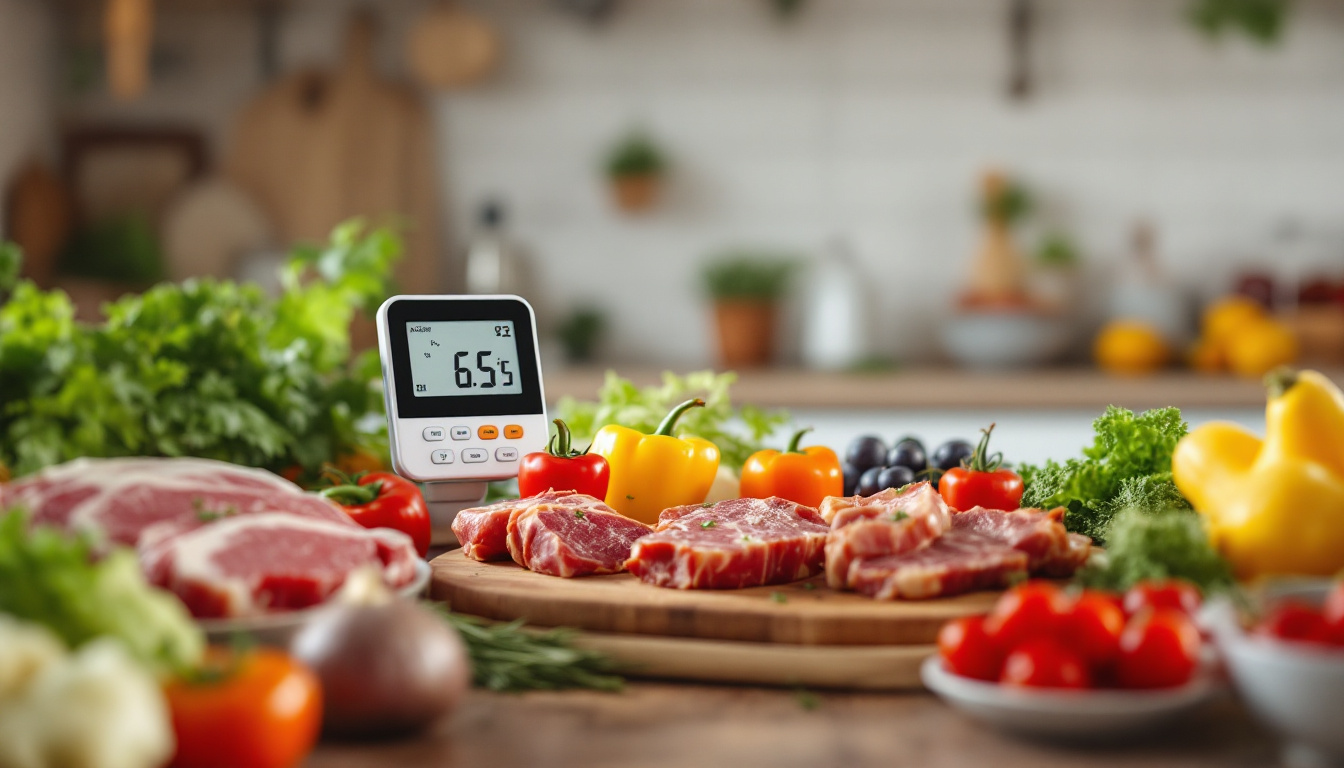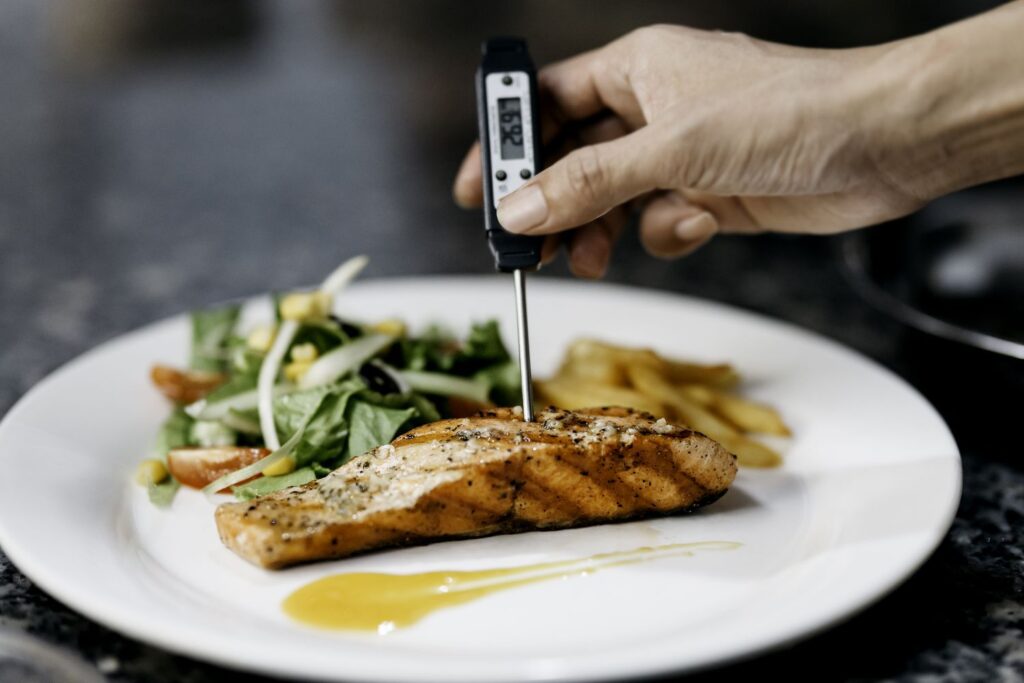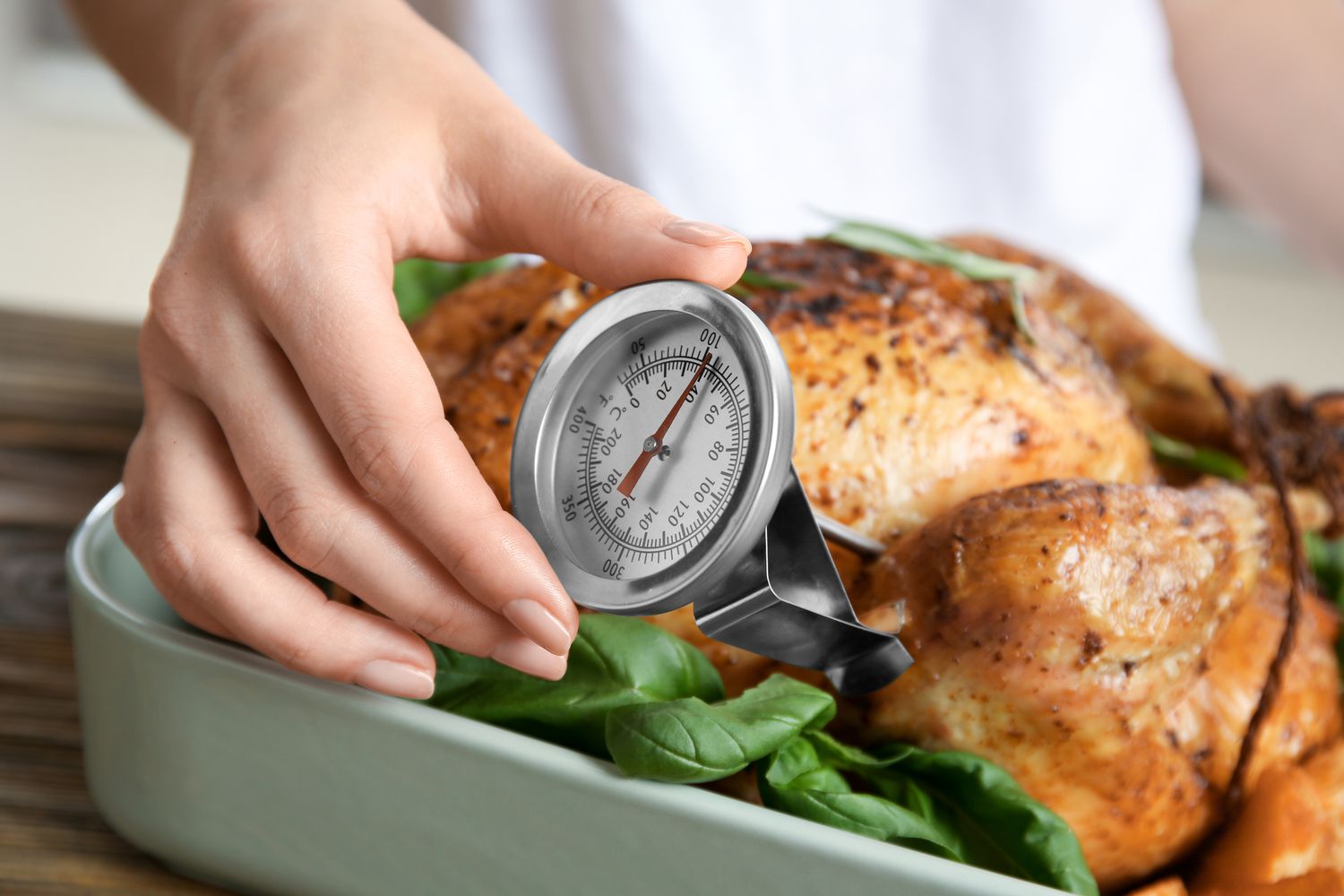In the realm of food safety and quality control, maintaining the correct temperature is crucial. Whether in commercial kitchens, food production facilities, or even at home, the importance of monitoring food temperatures cannot be overstated. Food temperature monitoring devices have emerged as essential tools that enhance accuracy, ensuring that food is stored and cooked at safe temperatures. This article delves into the significance of these devices, their benefits, and how they can be effectively implemented in various settings.
Understanding Food Temperature Monitoring
Food temperature monitoring refers to the systematic process of checking and recording the temperature of food items at various stages—during storage, preparation, cooking, and serving. Proper temperature control is vital in preventing foodborne illnesses, which can arise from improper handling and storage of food. By utilising food temperature monitoring devices, individuals and businesses can ensure compliance with health regulations and maintain the quality of their products.

The Science Behind Temperature Control
Microorganisms thrive in specific temperature ranges, often referred to as the “danger zone,” which is typically between 5°C and 60°C. Within this range, bacteria can multiply rapidly, leading to potential health risks. By monitoring food temperatures, it becomes possible to keep items out of this danger zone, thereby minimising the risk of contamination and spoilage.
Temperature monitoring devices come in various forms, including digital thermometers, infrared thermometers, and data loggers, each designed to suit specific needs and applications. Understanding the science behind temperature control is essential for selecting the right device for a given environment. For instance, the effectiveness of cooking methods can be significantly enhanced by ensuring that food reaches the appropriate internal temperature, which not only guarantees safety but also optimises flavour and texture. Cooking meat to the correct temperature ensures that harmful pathogens are effectively eliminated, while also preserving the juiciness and tenderness that many consumers seek.
Types of Food Temperature Monitoring Devices
There is a wide array of food temperature monitoring devices available on the market, each offering unique features and benefits. Here are some of the most common types:
- Digital Thermometers: These devices provide quick and accurate temperature readings. They are ideal for checking the internal temperature of meats, poultry, and other cooked foods.
- Infrared Thermometers: Using infrared technology, these thermometers allow for non-contact temperature measurements. They are particularly useful for checking surface temperatures of food items without direct contact.
- Data Loggers: These devices continuously monitor and record temperature over time, providing valuable data for compliance and quality assurance. They are often used in commercial settings where consistent temperature control is critical.
In addition to these common devices, there are also smart thermometers that connect to mobile applications, offering real-time alerts and data analysis. This technology allows users to monitor food temperatures remotely, which is particularly beneficial for busy kitchens or food production facilities. Furthermore, some advanced models are equipped with features such as Bluetooth connectivity, enabling seamless integration with other kitchen management systems. This level of innovation not only enhances food safety but also streamlines operations, allowing chefs and food handlers to focus on creating exceptional culinary experiences while ensuring that safety standards are rigorously upheld. Learn more about technology at https://www.edumed.org/resources/technology-in-healthcare-education/
Benefits of Food Temperature Monitoring Devices
The advantages of employing food temperature monitoring devices extend beyond mere compliance with health regulations. They play a pivotal role in enhancing food safety, quality, and operational efficiency.
Ensuring Food Safety
One of the primary benefits of food temperature monitoring devices is their ability to ensure food safety. By continuously monitoring temperatures, businesses can quickly identify any deviations from safe ranges, allowing for immediate corrective actions. This proactive approach helps in preventing foodborne illnesses and safeguarding public health.
Moreover, many devices come equipped with alarms and alerts that notify users when temperatures fall outside the acceptable range. This feature is particularly beneficial in commercial kitchens and food storage facilities, where timely responses can prevent significant losses and health risks.

Improving Quality Control
In addition to safety, temperature monitoring devices contribute significantly to maintaining the quality of food products. For instance, ensuring that frozen items remain at the correct temperature prevents freezer burn, while monitoring the temperature of cooked dishes ensures they retain their intended texture and flavour.
Furthermore, consistent temperature control can enhance the shelf life of perishable items, reducing waste and increasing profitability. By investing in reliable monitoring devices, businesses can uphold their reputation for quality, ultimately leading to greater customer satisfaction.
Streamlining Operations
Food temperature monitoring devices can also streamline operations within kitchens and food production facilities. Many modern devices offer integration with digital systems, allowing for automated data collection and analysis. This integration reduces the need for manual checks, freeing up staff to focus on other essential tasks.
Additionally, having accurate temperature data readily available can simplify compliance with health inspections and audits. Businesses can easily demonstrate adherence to safety standards, fostering trust with customers and regulatory bodies alike. Click here to find more about accurate.
Choosing the Right Food Temperature Monitoring Device
With the multitude of options available, selecting the right food temperature monitoring device can be daunting. However, several key factors can guide the decision-making process.
Consider the Environment
The first step in choosing a device is to consider the specific environment in which it will be used. For instance, a commercial kitchen may require robust, waterproof thermometers that can withstand high temperatures and frequent use. In contrast, a home kitchen may benefit from simpler, user-friendly devices that provide quick readings.
Additionally, consider the types of food being monitored. Different foods may require different monitoring techniques. For example, a digital thermometer may be ideal for checking the internal temperature of meats, while an infrared thermometer might be more suitable for surface temperatures of baked goods.
Evaluate Features and Functionality
When evaluating devices, it is essential to consider the features that best meet the needs of the user. Some devices come equipped with advanced features such as Bluetooth connectivity, allowing for remote monitoring via smartphones or tablets. Others may offer data logging capabilities, enabling users to track temperature trends over time.
Furthermore, ease of use is paramount. Devices that are intuitive and straightforward to operate will encourage consistent usage, leading to better temperature management overall. Look for devices with clear displays and simple controls to ensure that staff can use them effectively.
Implementing Temperature Monitoring Practices
Once the appropriate food temperature monitoring devices have been selected, it is crucial to implement effective monitoring practices. This involves training staff, establishing protocols, and regularly reviewing temperature data.
Training Staff
Proper training is essential to ensure that all staff members understand how to use the monitoring devices effectively. Training should cover the importance of temperature control, how to take accurate readings, and the procedures for responding to temperature deviations.
Regular refresher courses can also help maintain awareness and reinforce best practices, ensuring that food safety remains a priority within the organisation.
Establishing Protocols
Creating clear protocols for temperature monitoring is vital for consistency and accountability. These protocols should outline when and how often temperatures should be checked, as well as the actions to take in the event of a temperature breach.
Additionally, documenting temperature readings can provide valuable insights into trends and potential issues, allowing for proactive measures to be taken before problems escalate.
Conclusion
In an industry where food safety and quality are paramount, investing in food temperature monitoring devices is a wise decision. These devices not only enhance accuracy in temperature control but also contribute to overall operational efficiency and customer satisfaction.
By understanding the importance of monitoring food temperatures, selecting the right devices, and implementing effective practices, businesses can significantly reduce the risk of foodborne illnesses, maintain product quality, and streamline their operations. In a competitive market, ensuring the safety and quality of food products is not just a regulatory requirement; it is a fundamental aspect of building a successful and reputable food business.
Ultimately, the implementation of food temperature monitoring devices is a proactive step towards achieving excellence in food safety and quality assurance. By embracing these technologies, businesses can protect their customers, enhance their brand reputation, and thrive in an ever-evolving industry.
Read more at: The role of temperature monitoring systems in food safety

